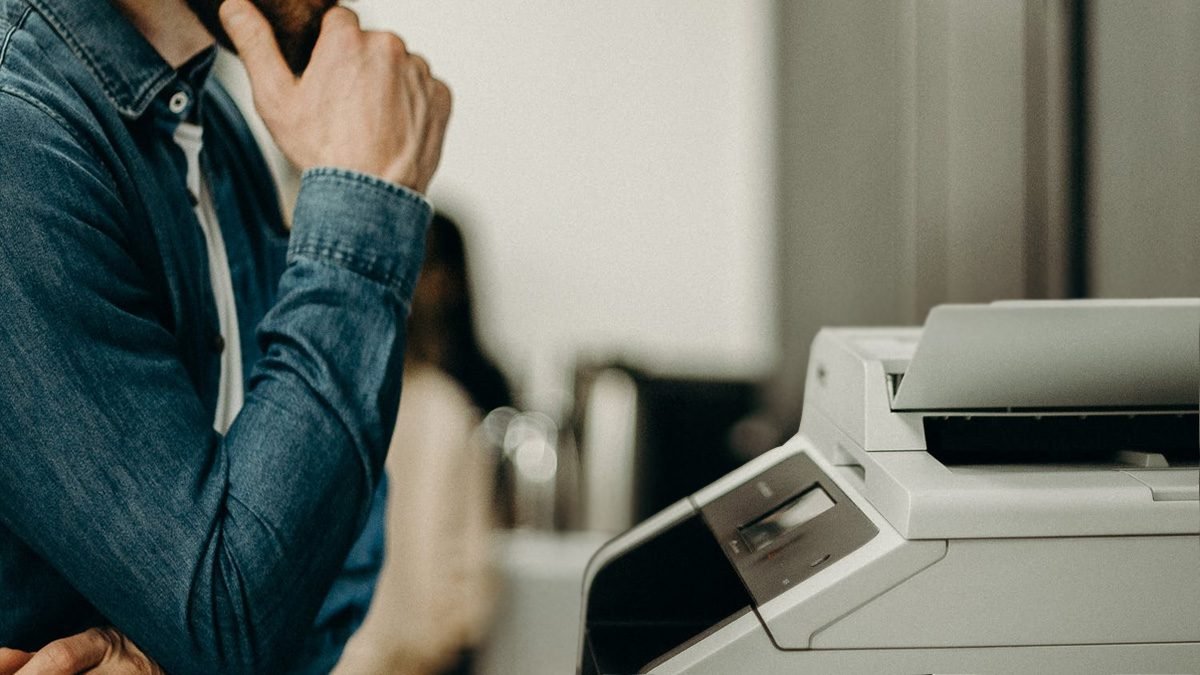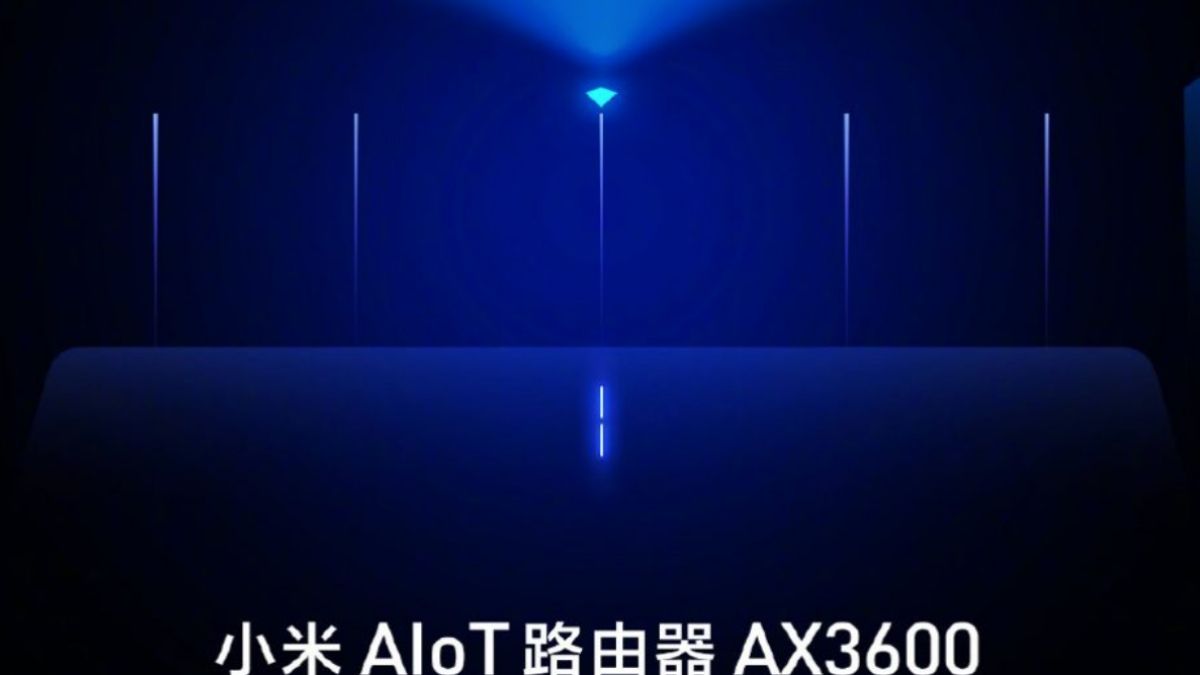Remember the last time you used a fax? Are fax machines going extinct?

In a fast-paced world that is increasingly saturated with new technology, many people find some comfort in nostalgia. We buy vintage clothes, shop antique stores and flea markets, listen to vinyl records and talk about the way things used to be. But so many things that we remember fondly, from Super Nintendo to Ghostbusters, are either largely gone away or exist in some unfamiliar updated forms.
Could fax machines be heading for the Dumpster?
With the proliferation of cloud-based sharing platforms, business email and other digital communication methods in almost every business nowadays, another classic item may be going the way of the dinosaurs. Although fax machines may not necessarily stir up the same nostalgic emotions as other vintage items, these familiar business mainstays may be coming to the end of their time.
The Standard of Document Sharing
For decades, there were only very few options for sending important documents from one location to another. You could seal them up, stamp them and put them in the mail and make the recipient wait a week to get them. You could spend the time and effort to physically transport the documents (or more likely, make someone under you do it). Or you could easily and instantly send those documents at the push of a button.
Now that we are well into the third decade of the 21st Century and the height of the Information Age, that latter option might not have the wow factor it once did. However, it was not that long ago that the fax machine was the only option for transmitting business documents from one branch to another in less than a few days’ time.
A (Very) Brief History of Faxing
The first fax machine was invented in 1843 by Alexander Bain, a Scottish mechanic, and inventor. According to the patent for Bain’s machine, it was designed for “improvements in producing and regulating electric currents and improvements in timepieces and in electric printing and signal telegraphs”.
However, it was not until the 1960s when the true potential of Bain’s “electric telegraph machine” would be realized. In 1964, the Xerox Corporation created the first commercialized version of the modern fax machine. By the 1970s, fax machines were present in most major business offices, and they were the standard of document-sharing by the end of that decade.
Newer Technology
The fax machine was the unquestioned king of office communication technology for decades. But in the 1990s, the email began to make its way into the mainstream, and savvy business managers were quick to take advantage of the benefits of this technology. In the 2010s, cloud-based software became a standard in most businesses.
While the vast majority of offices still contain a fax machine, it is not hard to see that digital technology is the way of the future. However, could faxing still be relevant in the decades to come?
Future Faxing
Even with the ever-increasing presence of digital technology in the business world, faxing still provides some unique advantages that others may not. Sending a fax is still more secure than sending an encrypted email. Even if you send online fax documents, the nature of faxing and the use of phone lines still make it generally safer from potential hackers than many digital file-sharing formats.
Additionally, faxing requires no expensive software or extensive staff training to use. It is easy, cheap, and pretty much everyone already knows how to do it. Faxing is also still very popular in legal and healthcare industries, as faxes have been recognized as legally acceptable documents for decades.
Other formats may have the edge over faxing in areas of convenience, flexibility, and scope. However, no one modern document-sharing medium provides a unique combination of security, dependability, convenience, and accessibility that comes with faxing. Until one specific format can outduel the fax machine in all of these areas, it is hard to imagine faxing will become completely extinct.


No comments